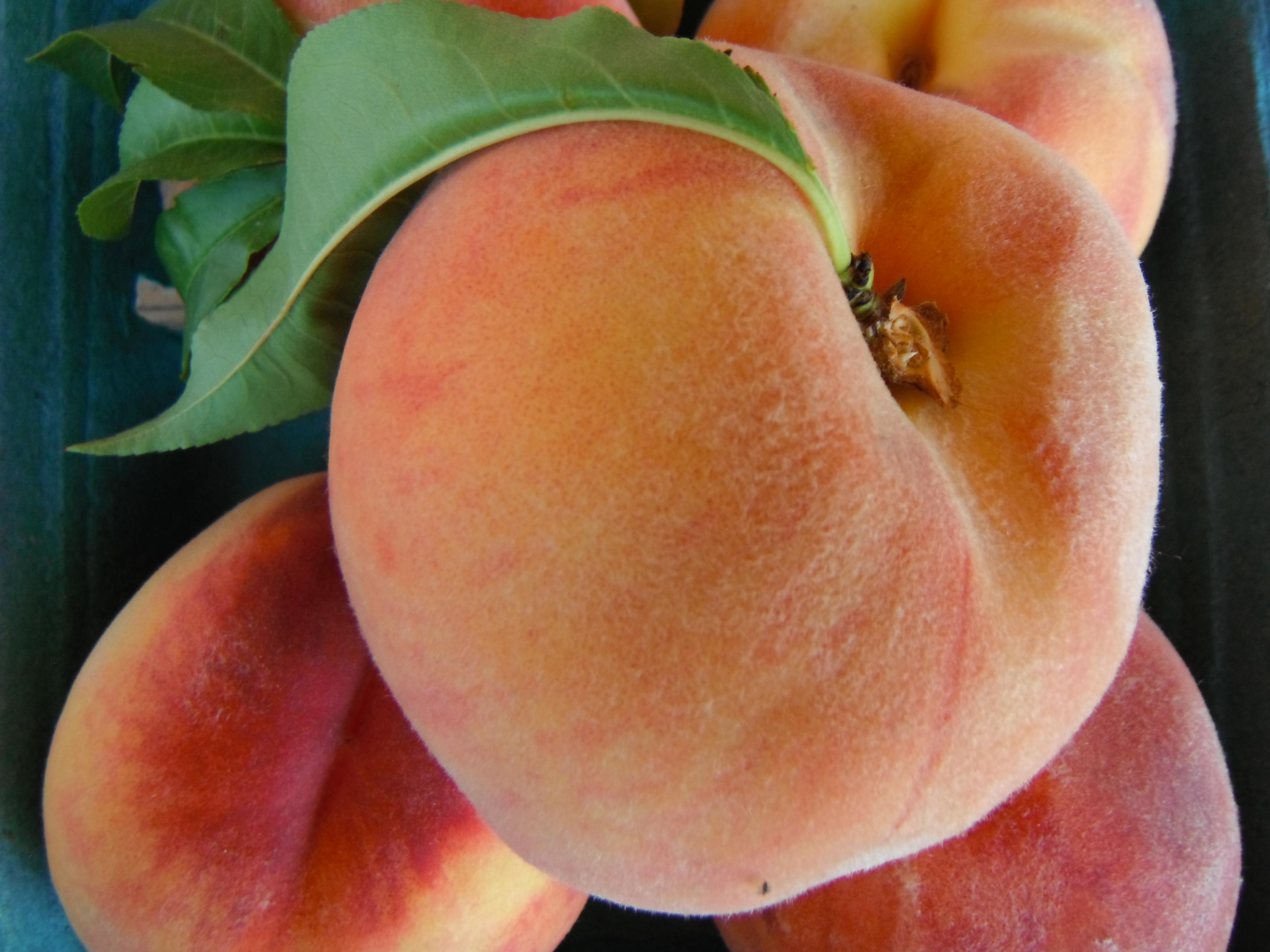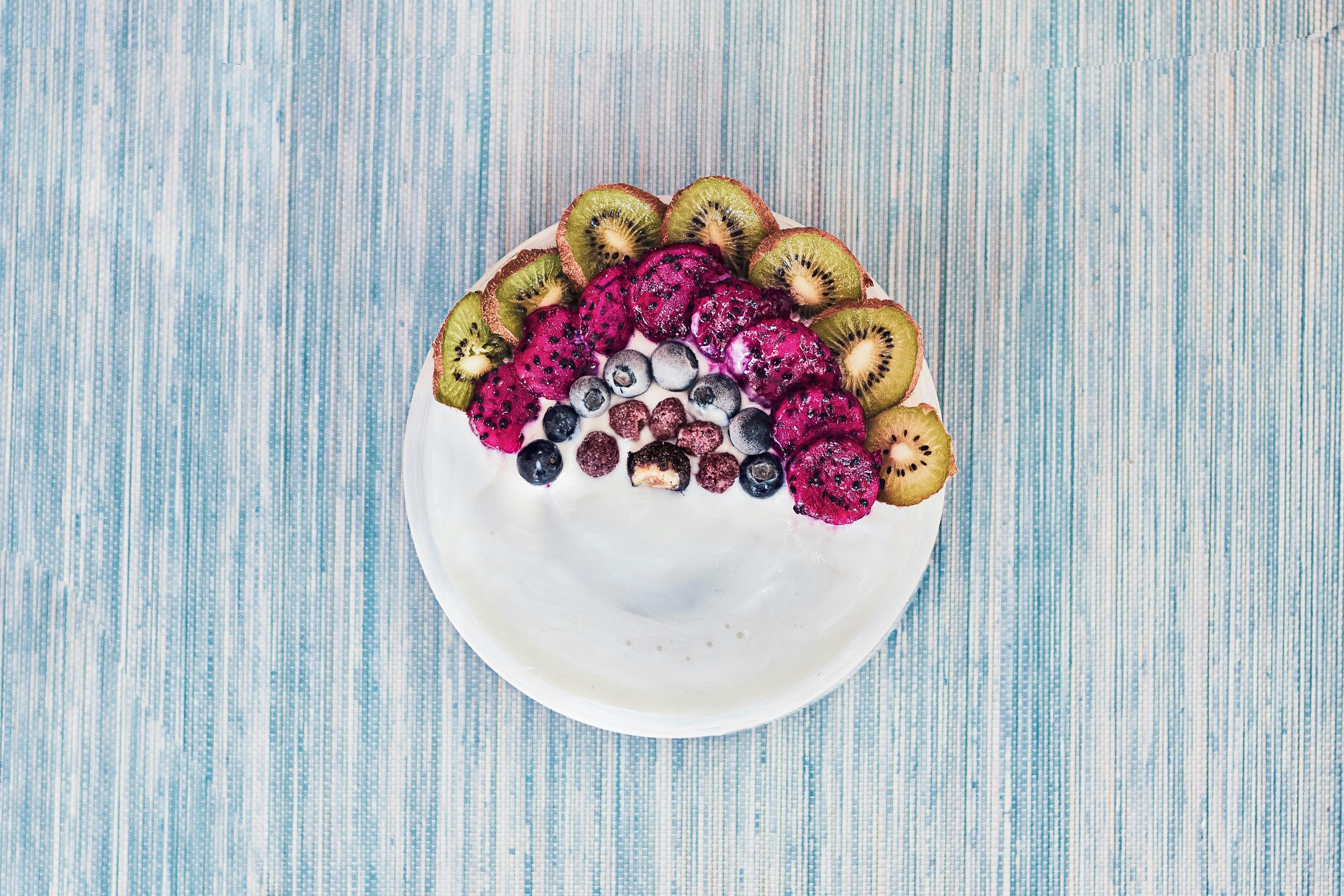In the bustling rhythm of modern life, the allure of processed foods often tempts even the most health-conscious among us. Their convenience and ubiquity make them hard to resist, yet their long ingredient lists and hidden additives can be a cause for concern. But what if there were a way to embrace a cleaner, more nourishing diet without straining your wallet? Picture this: a lifestyle where vibrant, wholesome meals are not only accessible but affordable. This article unveils the secrets to navigating the labyrinth of grocery aisles, empowering you to sidestep processed pitfalls and savor the simplicity of clean eating—all while keeping your budget intact. Ready to embark on a culinary adventure that’s both economical and enriching? Let’s dive in.
Navigating Grocery Aisles: Identifying Hidden Processed Ingredients
As you stroll through the grocery aisles, the quest for clean eating can feel like navigating a labyrinth. Processed ingredients often lurk in seemingly innocent products, disguised under complex names or nestled within long ingredient lists. To help you identify these hidden additives, consider scrutinizing food labels with a discerning eye.
- Look for whole foods: Opt for items with short, recognizable ingredient lists. If you can’t pronounce it, it’s likely a processed additive.
- Avoid hidden sugars: Ingredients like high fructose corn syrup, dextrose, and maltose are often stealthy sugar culprits.
- Beware of artificial additives: Stay clear of items with artificial colors, flavors, and preservatives. These are red flags for highly processed foods.
By becoming an ingredient detective, you can fill your cart with wholesome, clean foods without compromising your budget. Remember, simplicity is key. The fewer the ingredients, the closer you are to nature.

Wholesome Choices: Budget-Friendly Alternatives to Packaged Foods
When it comes to making wholesome choices, opting for budget-friendly alternatives to packaged foods can be both satisfying and economical. Here are some easy swaps to consider:
- Fresh Vegetables Over Canned: Fresh produce not only tastes better but is also often cheaper in the long run. Local farmers’ markets and seasonal sales can provide fresh options at lower prices.
- Homemade Snacks: Ditch the processed snacks and whip up your own. Simple recipes like baked kale chips, roasted chickpeas, or homemade granola bars can be both nutritious and cost-effective.
- Whole Grains Instead of Refined: Choose whole grains such as brown rice, quinoa, and oats over their refined counterparts. They are often available in bulk, which can save money while boosting nutritional value.
- DIY Dressings and Sauces: Store-bought dressings and sauces can be laden with preservatives and sugar. Making your own from scratch using basic ingredients like olive oil, vinegar, and herbs can be a healthier and more affordable option.
By making these simple swaps, you can enjoy cleaner eating without breaking the bank, and discover that wholesome choices are both delicious and easy on your wallet.

Meal Planning Mastery: Crafting Nutritious Menus Without Breaking the Bank
Transforming your diet by eliminating processed foods can seem daunting, especially when working with a tight budget. However, with a bit of strategy, it’s entirely feasible to eat clean without overspending. One effective approach is to focus on whole foods such as fruits, vegetables, grains, and legumes. These staples are not only nutrient-dense but also cost-effective, especially when purchased in bulk.
Here are some tips to help you get started:
- Buy Seasonal Produce: Fruits and vegetables that are in season are usually cheaper and fresher. Consider visiting local farmers’ markets for the best deals.
- Embrace Meal Prep: Planning and preparing your meals in advance can save both time and money. Cook large batches of food and store portions in the freezer for future meals.
- Opt for Plant-Based Proteins: Beans, lentils, and chickpeas are excellent protein sources that are much cheaper than meat. They can be used in a variety of dishes from soups to salads.
- DIY Snacks: Instead of buying pre-packaged snacks, make your own. Homemade granola, trail mix, and veggie sticks with hummus are healthy and economical options.

Smart Shopping Strategies: Maximizing Savings While Eating Clean
Shopping smart is crucial when aiming to maintain a clean diet without breaking the bank. One effective strategy is to focus on whole foods and seasonal produce. Whole foods, such as fruits, vegetables, grains, and legumes, are often more affordable and nutritious compared to their processed counterparts. Seasonal produce not only tastes better but is usually less expensive due to the abundance of supply. Check out local farmer’s markets or join a community-supported agriculture (CSA) program to get fresh, seasonal goods at a fraction of the cost.
Another tip is to buy in bulk. Staples like rice, oats, nuts, and seeds are more cost-effective when purchased in larger quantities. Consider these additional strategies for maximizing your savings:
- Plan your meals: Create a weekly meal plan to avoid impulse buys and reduce food waste.
- Cook at home: Homemade meals are generally cheaper and healthier than eating out or buying pre-packaged foods.
- Use a grocery list: Stick to your list to avoid unnecessary purchases and stay within your budget.
- Take advantage of sales and coupons: Keep an eye out for discounts on your favorite clean eating staples.





